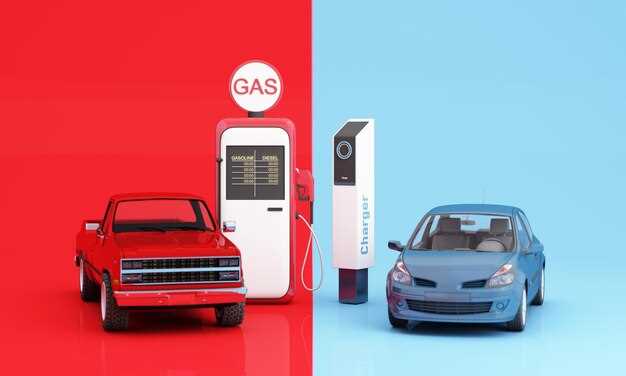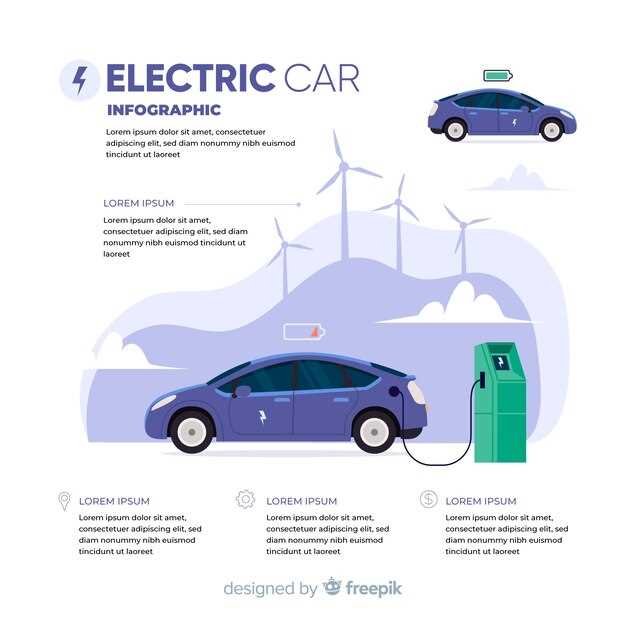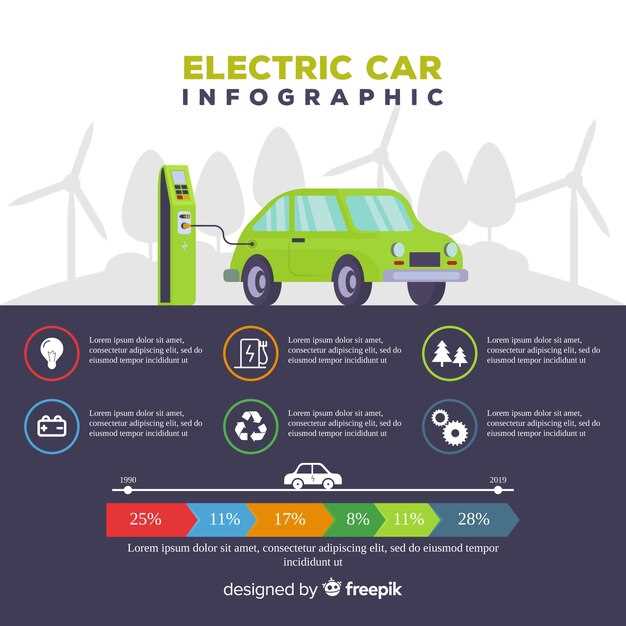Gas vs electric vehicles – key differences


The automotive industry is at a crossroads, driven by the urgent need for sustainable transportation solutions. As consumers become increasingly aware of their environmental impact, the choice between gas and electric vehicles has taken center stage. Understanding the key differences between these two types of vehicles is crucial for making an informed decision when purchasing a new car.
Gas vehicles have long dominated the market, relying on traditional fuel sources to power their internal combustion engines. These vehicles have defined convenience for decades; they offer quick refueling times and extensive infrastructure across regions. In contrast, electric vehicles (EVs) have emerged as a more environmentally friendly alternative. Powered by electricity stored in batteries, they produce zero tailpipe emissions and are increasingly viewed as a viable solution to reduce the reliance on fossil fuels.
To effectively compare gas and electric vehicles, it’s essential to consider several factors, including fuel efficiency, operating costs, maintenance, and environmental impact. Each vehicle type has its advantages and disadvantages, making it critical for consumers to evaluate their priorities and driving habits.
Cost Considerations: Purchase and Maintenance of Gas vs. Electric Vehicles

When comparing the costs associated with gas and electric vehicles (EVs), initial purchase prices often come to mind first. Gas vehicles generally have a lower upfront cost, making them more accessible to a wider audience. However, electric vehicles typically benefit from various government incentives and tax credits, which can significantly reduce the overall purchase price. As manufacturers continue to invest in EV technology, the price gap between gas and electric vehicles is gradually narrowing.
Maintenance costs also differ notably between gas and electric vehicles. Gas vehicles require regular oil changes, exhaust system repairs, and maintenance of complex internal combustion engines. These costs can add up over time. In contrast, electric vehicles have fewer moving parts and do not require oil changes, leading to lower maintenance expenses. Additionally, EVs often come with warranties that cover battery-related issues, offering further peace of mind to owners.
Fueling costs play a crucial role in the long-term ownership experience. While gasoline prices can fluctuate significantly, electricity rates are generally more stable. Charging an EV can often be cheaper than refueling a gas vehicle, especially if charging at home during off-peak hours. Furthermore, EV owners may have access to free public charging stations, extending their savings even further.
Insurance costs should also be factored into the comparison. Generally, insurance premiums for electric vehicles can be higher due to their higher value and the cost of parts. Nevertheless, as more EV models enter the market and technology advances, these premiums may stabilize.
In summary, while gas vehicles usually have a lower purchase price, the long-term savings associated with maintenance, fueling, and potential incentives for electric vehicles can make EVs a more cost-effective choice over time. It is essential to evaluate individual driving habits and financial circumstances to determine which option aligns best with one’s budget.
Environmental Impact: Emissions and Sustainability of Fuel Types
The environmental impact of vehicles is significantly influenced by the type of fuel they utilize. Gasoline-powered vehicles emit a notable amount of greenhouse gases, primarily carbon dioxide (CO2), during combustion. These emissions contribute to global warming and air quality deterioration. Additionally, gasoline production and refining processes release pollutants, adding to the ecological footprint of gas-powered cars.
On the other hand, electric vehicles (EVs) operate on electricity, which can be generated from a variety of sources. While EVs produce no tailpipe emissions, the environmental impact hinges on how the electricity is generated. If the electricity comes from renewable energy sources, such as wind or solar power, the overall emissions related to EV operation can be significantly lower compared to their gasoline counterparts. Conversely, if the electricity originates from fossil fuels, the emission reductions may be minimal.
Sustainability also plays a crucial role in assessing fuel types. The extraction and refining of fossil fuels used in gasoline vehicles can lead to environmental degradation, including habitat destruction and water pollution. In contrast, electric vehicles offer the potential for a more sustainable future, especially with advances in battery technology and recycling. The lifecycle of EV batteries is an essential consideration; improving the sustainability of battery production and disposal can further reduce the environmental impact associated with electric vehicles.
In conclusion, the emissions and sustainability of gas and electric vehicles present distinct challenges. While gasoline vehicles contribute considerably to air pollution and greenhouse gas emissions, electric vehicles, depending on their energy sources and battery management, offer a path toward a more sustainable and environmentally friendly transportation sector.
Performance Metrics: Acceleration, Range, and Refueling Time Comparison

When comparing gas and electric vehicles (EVs), performance metrics such as acceleration, range, and refueling time play a crucial role in consumer decision-making. Understanding these factors can help potential buyers make informed choices tailored to their driving needs.
Acceleration: Electric vehicles are typically equipped with electric motors that deliver instant torque. This characteristic results in rapid acceleration, often outperforming many gas-powered vehicles in 0 to 60 mph tests. For instance, the Tesla Model S can accelerate from 0 to 60 mph in as little as 2.4 seconds, whereas most gas vehicles take longer due to their traditional engine mechanics and power delivery systems.
Range: The range of a vehicle determines how far it can travel on a single charge or tank of gas. EVs have made significant strides in this area, with many models now offering ranges comparable to gas vehicles. For example, newer electric models can provide over 300 miles per charge, which is steadily improving. In contrast, gas vehicles generally have longer ranges per refueling, often exceeding 400 miles on a full tank, but this advantage is decreasing as battery technology advances and charging infrastructure expands.
Refueling Time: One of the most significant differences lies in the refueling process. Electric vehicles can take anywhere from 30 minutes at a fast-charging station to several hours at home to fully charge, depending on the battery capacity and charger speed. This can be a limiting factor for some drivers. Gas vehicles, on the other hand, can be refueled in just a few minutes, allowing for a more expedient travel experience in terms of planning long trips. However, the growing network of fast-charging options is helping to mitigate this discrepancy for EV users.
In conclusion, while gas vehicles have advantages in range and refueling speed, electric vehicles excel in acceleration. The ongoing development in EV technology continues to enhance range and charging times, possibly shifting the balance further in favor of electric power in the near future.



